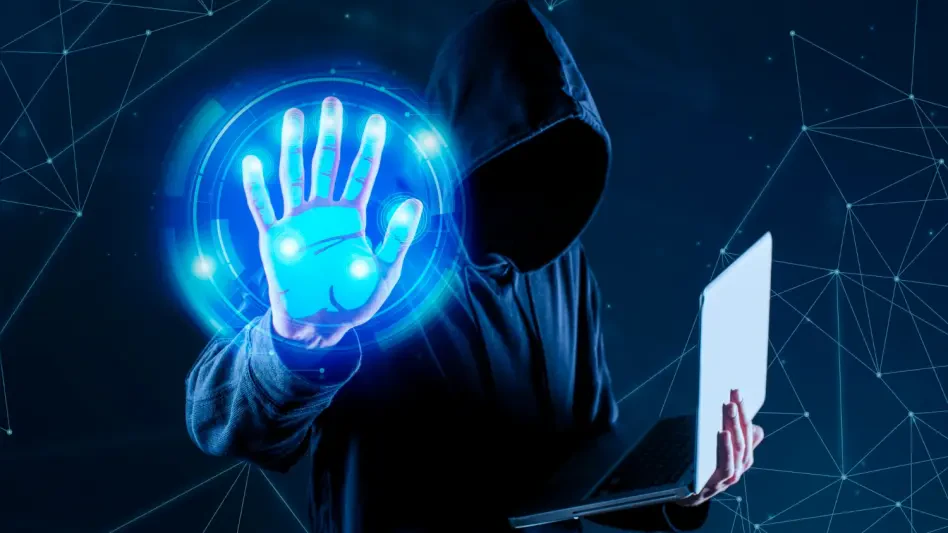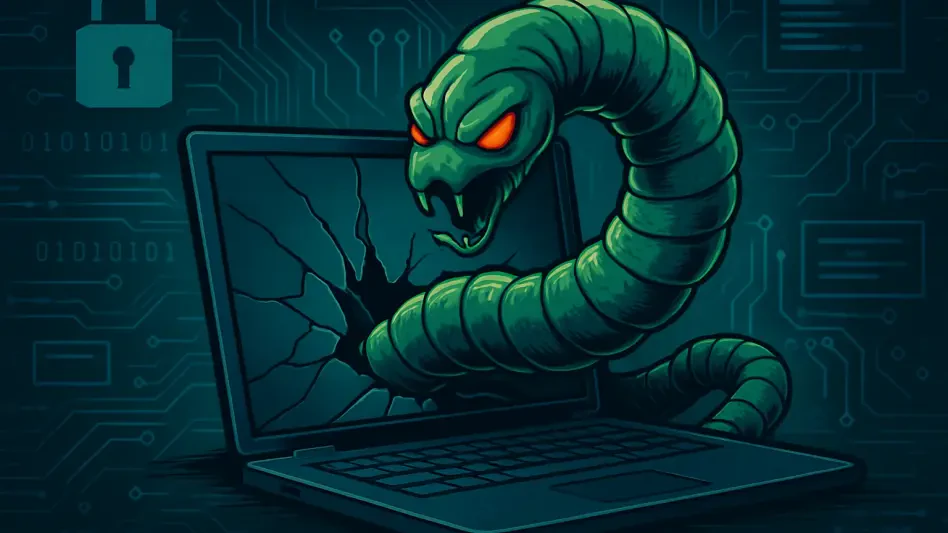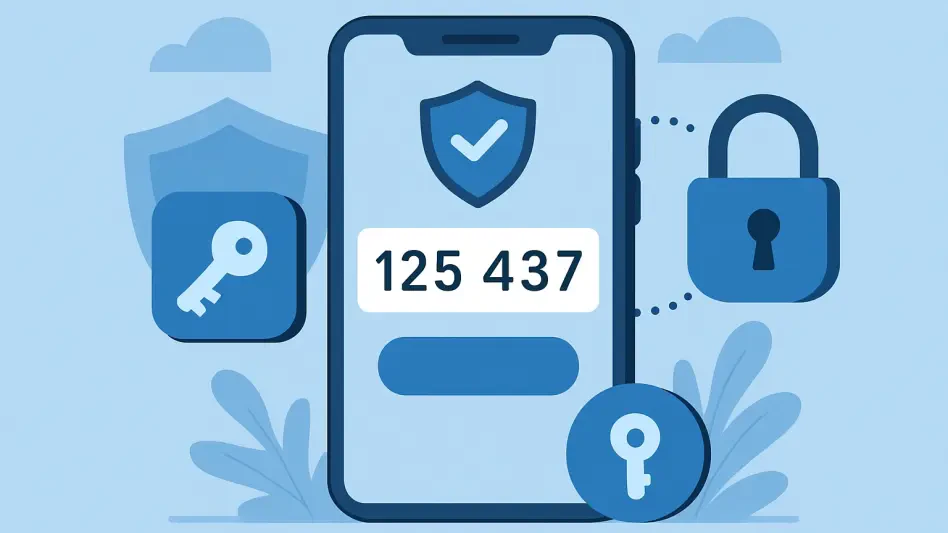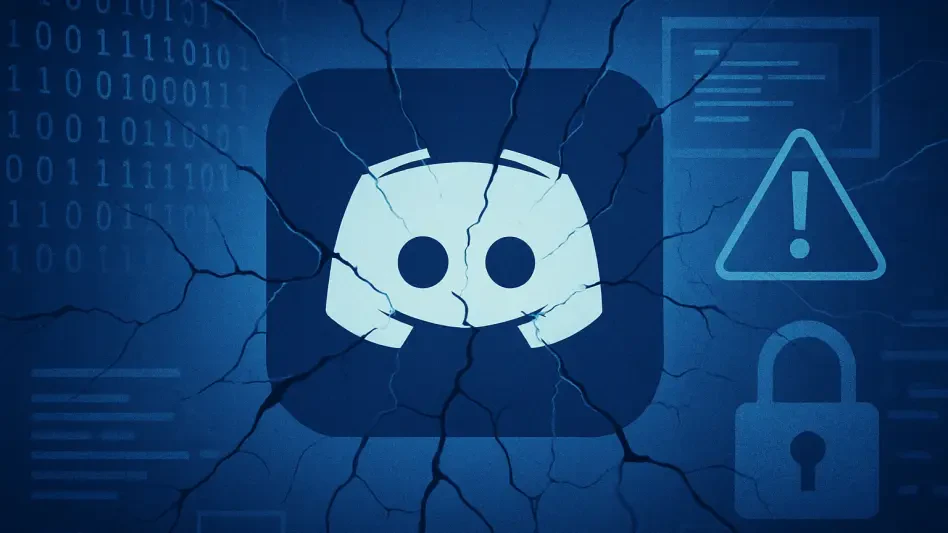In the ever-evolving landscape of digital forensics, Chief Security Officers (CSOs) face unprecedented technological challenges as they strive to protect their organizations. They are now responsible for navigating the complexities of cloud computing, mobile devices, and Internet of Things (IoT) systems. The rapid advancements in technology and the rise of sophisticated cyber threats have reshaped the way CSOs approach digital investigations, necessitating the adoption of advanced tools and methodologies.
Navigating Technological Advancement
CSOs must continuously adapt to the advancements in technology that introduce new complexities into digital forensics. Cloud computing has become ubiquitous, distributing data across multiple platforms and geographical locations. This widespread distribution of data poses significant challenges in evidence acquisition, requiring CSOs to employ specialized tools and standardized methodologies to efficiently extract and analyze cloud data. Moreover, these processes must comply with various regulations and policies, ensuring that data retention, encryption, and access rights are appropriately managed.
The proliferation of mobile devices and IoT systems has further complicated the digital forensics landscape. Each device generates vast amounts of data, increasing the volume, diversity, and complexity of digital evidence. CSOs must leverage cutting-edge forensic tools to stay ahead. This includes tools capable of delving into the intricate architectures of modern devices, decrypting data, and spotlighting valuable information hidden within complex digital ecosystems. These advancements underscore the necessity for CSOs to remain agile, adapting their strategies and tools to keep pace with technological progress.
Harnessing AI and ML Integration
The integration of Artificial Intelligence (AI) and Machine Learning (ML) into digital forensics provides CSOs with transformative capabilities. AI and ML tools automate data processing and analysis, significantly reducing the time required to examine large datasets. This automation facilitates anomaly detection, predictive assessments, and real-time forensics, allowing CSOs to swiftly identify system vulnerabilities and enhance proactive defense mechanisms.
AI and ML also enable CSOs to manage and interpret vast amounts of data more effectively. By sifting through extensive datasets, these technologies can detect patterns that may indicate cyber threats, thereby increasing the accuracy and reliability of forensic investigations. For example, AI-driven tools can pinpoint irregularities that a human investigator might miss, streamlining the process of tracing breaches and identifying malicious activities. This increased efficiency makes AI and ML indispensable assets for CSOs aiming to maintain the integrity and security of their organizations’ digital environments.
Moreover, the adoption of AI and ML in digital forensics is not just about improving efficiency; it’s also about enhancing decision-making. AI-powered analytics can provide CSOs with deeper insights, enabling them to make more informed decisions based on data-driven evidence. These tools offer predictive capabilities, forecasting potential security breaches and suggesting preemptive measures. By harnessing the power of AI and ML, CSOs can stay one step ahead of cybercriminals, ensuring robust and resilient defense strategies.
Addressing Mobile and IoT Forensics
The expansion of mobile and IoT devices has introduced new layers of complexity to digital forensics. These devices generate massive amounts of data, often protected by advanced encryption and sophisticated operating systems. Recovering evidence from such devices requires forensic tools that are continuously evolving to keep pace. CSOs must ensure their tools can decrypt data, extract information from secure applications, and navigate the intricacies of modern devices effectively.
Further complicating matters is the advent of 5G networks, which enable faster and more complex data communications. The high-speed transmission of data across 5G networks presents unique challenges for forensic investigations, as traditional tools may struggle to keep up with the volume and velocity of data exchanged. CSOs need to implement practices and tools capable of addressing the impact of these high-speed networks on forensic processes. This might involve leveraging specialized forensic platforms designed to handle the increased data flow and ensuring their teams are well-trained in using these advanced tools.
Ultimately, CSOs must foster a culture of continuous learning and adaptation within their forensic teams. By staying abreast of the latest developments in mobile and IoT technologies, CSOs can better equip their teams to handle the ever-evolving challenges posed by these devices. This involves not only investing in state-of-the-art forensic tools but also ensuring that team members are proficient in using them. Continuous training and skill development are crucial to maintaining a high level of proficiency in digital forensics, enabling CSOs to effectively navigate the complex landscape of mobile and IoT forensics.
Building a Robust Forensics Framework
Establishing a robust forensic framework is essential for CSOs to lead effective digital investigations. This framework comprises four core stages: Collection, Examination, Analysis, and Reporting. Ensuring the proper implementation of these stages guarantees that forensic processes are systematic, thorough, and capable of withstanding scrutiny.
During the Collection stage, forensic investigators must gather evidence with utmost care to preserve its integrity. This involves using forensically sound methods to acquire digital data, ensuring that the chain of custody remains unbroken. Accurate documentation of the collection process is vital, as any errors or omissions can compromise the admissibility of the evidence in legal proceedings. CSOs must ensure their teams use standardized tools and procedures to maintain the highest standards of evidence preservation.
In the Examination stage, forensic teams scrutinize the collected data to uncover pertinent information. This involves intricate analysis of digital artifacts, such as files, emails, and metadata, to identify relevant evidence. CSOs must equip their teams with advanced forensic tools capable of delving deep into digital storage systems, retrieving hidden or deleted information. The meticulous examination of data ensures that no vital evidence is overlooked.
The Analysis stage requires forensic investigators to interpret the data and draw meaningful conclusions. This involves connecting the dots to reconstruct events and identify the origins of cyber incidents. CSOs must ensure that their teams are skilled in analytical techniques, enabling them to piece together complex digital puzzles and uncover the truth behind security breaches.
Finally, the Reporting stage involves compiling the findings into comprehensive and legally admissible reports. Detailed documentation of the forensic investigation process, along with clear and concise presentation of findings, is crucial for supporting legal proceedings. CSOs must oversee the creation of these reports, ensuring they meet the standards required for court admissibility.
Integrating Cybersecurity and Forensics
The convergence of cybersecurity and digital forensics is critical for comprehensive incident response. By embedding forensic teams within cybersecurity units, CSOs can streamline detection and investigation processes. This integration allows for a more cohesive response to security incidents, combining preventative measures with forensic expertise to address threats swiftly and effectively.
One of the key benefits of this integration is the ability to respond to incidents in real time. Forensic teams embedded within cybersecurity units can begin their investigations immediately after a security breach is detected, reducing the time between incident detection and investigation. This prompt response is vital for mitigating the impact of cyber incidents, as timely intervention can prevent further damage and restore security more quickly.
Moreover, hybrid roles that combine expertise in both cybersecurity and digital forensics are becoming increasingly important. Professionals in these roles possess a dual skill set, enabling them to manage and investigate digital security incidents with efficiency and precision. CSOs must recognize the value of these hybrid roles and invest in training programs to develop a workforce capable of handling the multifaceted challenges of modern digital forensics.
Effective collaboration is also essential for integrating cybersecurity and digital forensics. CSOs must foster strong relationships between forensic teams, cybersecurity units, law enforcement, and legal experts. This collaborative approach ensures that all parties work together seamlessly, sharing information and expertise to enhance the overall effectiveness of incident response efforts. By breaking down silos and encouraging cross-functional cooperation, CSOs can create a unified front against cyber threats.
Navigating Ethical and Legal Considerations
CSOs must navigate the complex landscape of ethical and legal considerations in digital forensics. Balancing evidence collection and analysis with compliance to privacy laws and data protection regulations, such as the General Data Protection Regulation (GDPR), is paramount. Ethical considerations are particularly critical when using AI tools in forensic investigations, as there is a risk of algorithmic bias that can compromise the integrity of the findings.
Adhering to legal standards and ethical principles is essential for maintaining public trust and upholding the integrity of forensic practices. CSOs must ensure that their teams are well-versed in relevant laws and regulations, guiding them in conducting ethical and lawful investigations. This involves ongoing education and training to keep forensic professionals informed about evolving legal requirements and ethical guidelines.
The ethical use of AI in forensic investigations is a subject of significant importance. CSOs must ensure that AI tools are transparent and free from bias, as any form of algorithmic bias can lead to inaccurate conclusions and potential miscarriages of justice. Implementing rigorous testing and validation procedures for AI tools is crucial for ensuring their reliability and fairness. Additionally, CSOs must establish clear protocols for the use of AI in digital forensics, delineating the boundaries of AI’s role in investigations to prevent overreliance on automated systems.
In addition to legal and ethical considerations, CSOs must also address the psychological and emotional impacts of digital forensics on their teams. The nature of forensic investigations can be demanding and stressful, requiring CSOs to provide adequate support and resources to ensure the well-being of their personnel. Creating a supportive work environment, offering counseling services, and promoting mental health awareness are vital aspects of ethical leadership in digital forensics.
Strategic Leadership and Collaboration
CSOs play a pivotal role in providing strategic leadership and fostering collaboration within their organizations. Continuous investment in forensic tools and team training is essential for staying ahead of the curve in the rapidly evolving field of digital forensics. CSOs must prioritize the professional development of their teams, ensuring they have the necessary skills and knowledge to tackle emerging challenges.
Collaboration with external entities is also crucial for enhancing investigative capabilities. CSOs must work closely with law enforcement agencies, legal experts, and cybersecurity partners to share information and leverage collective expertise. This collaborative approach enables organizations to benefit from diverse perspectives and resources, strengthening their ability to respond to cyber threats effectively.
Developing standardized policies and protocols is another critical aspect of strategic leadership. CSOs must establish clear guidelines for conducting forensic investigations, ensuring consistency and reliability in their processes. Standardized policies help streamline workflows, reduce errors and enhance the overall efficiency of forensic operations. CSOs must regularly review and update these protocols to reflect new developments in technology and legal requirements, ensuring their forensic practices remain current and effective.
A culture of preparedness and responsiveness is vital for organizations to defend against cyber threats actively. CSOs must instill this culture within their teams, emphasizing the importance of proactive measures and timely responses. Regular training exercises, simulations, and drills can help forensic and cybersecurity teams stay sharp and ready to tackle any security incident that may arise. By fostering a culture of vigilance and readiness, CSOs can ensure their organizations are well-equipped to handle the complexities of modern digital forensics.
Conclusion
In today’s rapidly evolving field of digital forensics, Chief Security Officers (CSOs) face significant technological challenges in their mission to safeguard their organizations. The landscape has transformed drastically with the advent of cloud computing, mobile devices, and the widespread adoption of Internet of Things (IoT) systems. These technological advancements, coupled with the increasing sophistication of cyber threats, have fundamentally changed the way CSOs conduct digital investigations. Modern CSOs must now employ advanced tools and methodologies to stay ahead. Cloud environments pose unique vulnerabilities, requiring specific expertise to ensure data integrity and security. Mobile devices, with their ubiquitous usage, create additional entry points for cyber attacks, necessitating robust mobile security strategies. The proliferation of IoT devices further complicates matters, as each connected device can serve as a potential threat vector. Consequently, CSOs need to remain vigilant and continuously upgrade their technical knowledge and resources to effectively protect their organizations from these evolving digital threats.








